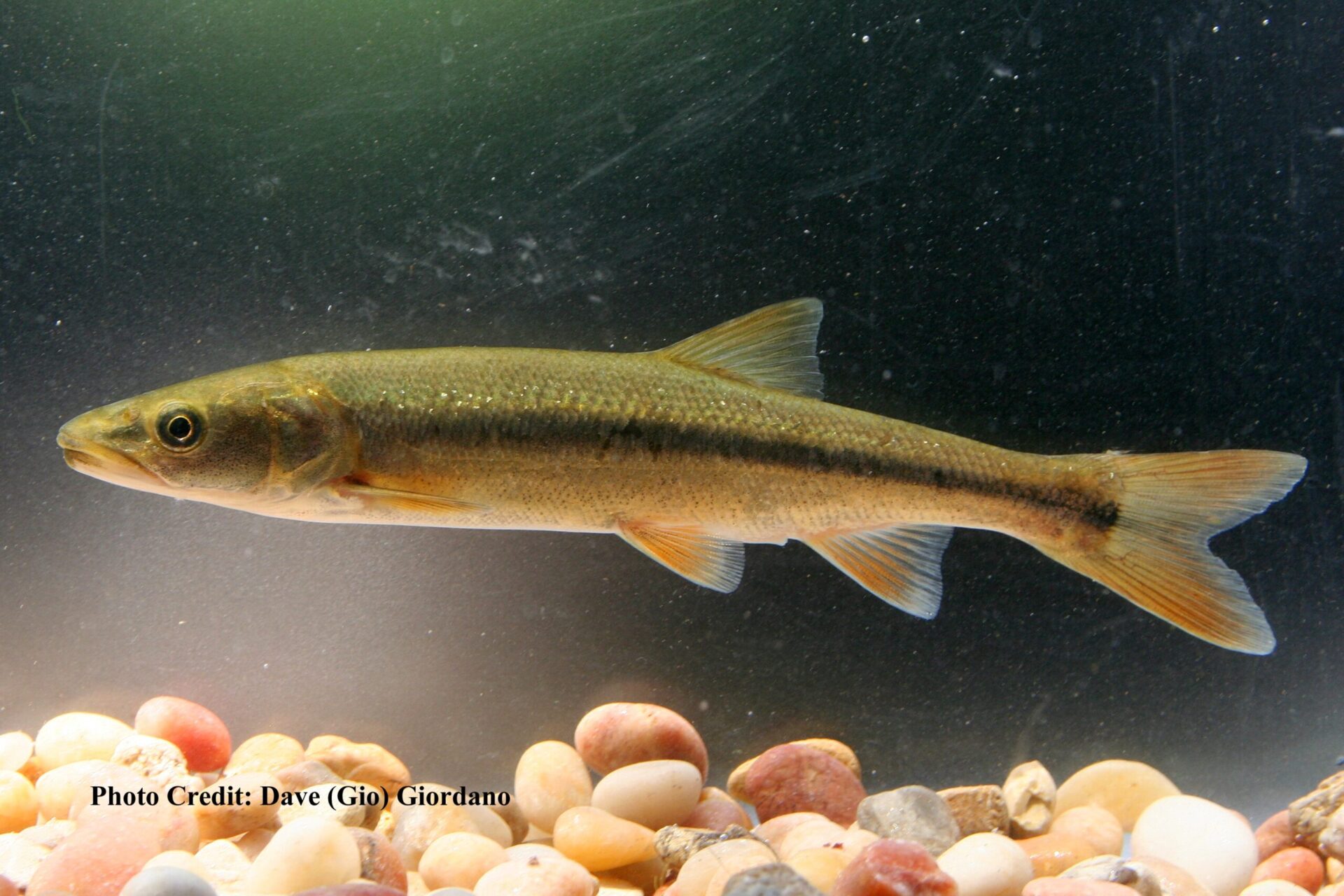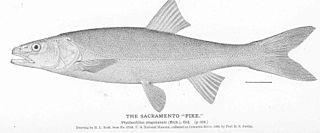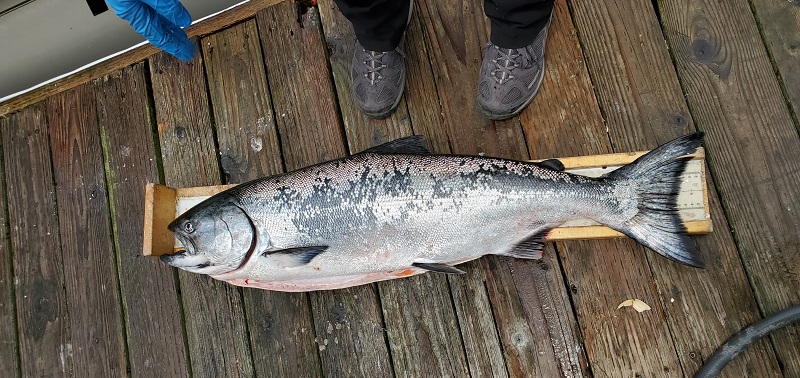Featured Fish: The Sacramento Pikeminnow
Have you ever wondered what the big, slender spear-like fish that school in the South Yuba River are called? Or maybe how big their teeth are? Or how long they live? Well, look no further! SYRCL’s former fish biologist Tyler Goodearly has the answers to your burning questions and more!

This article was written by Tyler Goodearly who was SYRCL’s fish biologist. He wanted to start sharing fun fish facts about some of the native fish who inhabit the beautiful waters of the Yuba, and by golly, we let him.
The most conspicuous fish observed on the South Yuba River upstream of the Highway 49 Bridge Crossing during summer months is the Sacramento Pikeminnow. These large freshwater fish are members of the cyprinid family, which makes them, funnily enough, minnows! They can reach a maximum size of just over three and a half feet. Like all minnows, Sacramento pikeminnows lack teeth in their mouths. Instead, their long pharyngeal teeth are found in their throats.
Sacramento pikeminnows are found throughout the Sacramento-San Joaquin River system most often associated with low- to mid-elevation streams with deep pools, undercut banks, and overhanging vegetation. They have been introduced to other parts of California through aqueducts including tributaries to Morro Bay and reservoirs in Southern California and on the Eel River. A schooling fish, Sacramento pikeminnows are abundant in streams that are favorable to other native fishes like Sacramento suckers, hardhead, California roach, and rainbow trout, and they may all be observed schooling together.
Quick Facts
Name: Sacramento Pikeminnow
Scientific name: Ptychocheilus grandis
Other names: Sacramento pike, whitefish, chappaul, bigmouth, boxhead, and yellowbelly
Diet: When smaller than 10 cm, aquatic invertebrates; from 10 – 20 cm they start to eat fish and crayfish; larger 20 cm feed exclusively on smaller fish and crayfish.
Status: Least concern.
Historic numbers: While no formal estimate has been studied, it is likely that they numbered in the millions throughout the Sacramento-San Joaquin River system.
Current numbers: Their numbers remain strong but have significantly decreased since the goldrush-era settlement.
Biggest threats: Nonnative predators, particularly bass; dams that limit migration to spawning grounds.
Sacramento pikeminnows are long lived, slow growing, and well adapted to persist through periods of unfavorable environmental conditions like drought. They can live up to at least 16 years. They reach sexual maturity at four or five years old and spawn annually from there. A single female Sacramento pikeminnow can lay 15,000 – 40,000 eggs a year, which means that throughout her lifetime, she may lay up to half a million eggs!
As waters begin to warm in April and May, males move upstream to find favorable spawning habitat. In streams that are dominated by deep pools, this may mean that a male just moves to the nearest riffle. Females follow shortly after the males. A female will be pursued by one to six males. She will dip down close to the bottom of the riverbed and deposit a small number of eggs, which will be simultaneously fertilized by the males swimming close behind her.
Sacramento pikeminnows are underappreciated key components of our river ecosystems. They are fascinating to watch as they dance so elegantly through the emerald waters of the Yuba, unafraid. I hope that this brings greater appreciation and awareness for these beautiful natives.
SEE ALSO:
The Yuba’s Most Famous Fish: Chinook Salmon
Featured Fish: Rainbow Trout
Did you enjoy this post?
Get new SYRCL articles delivered to your inbox by subscribing to our ENews.




